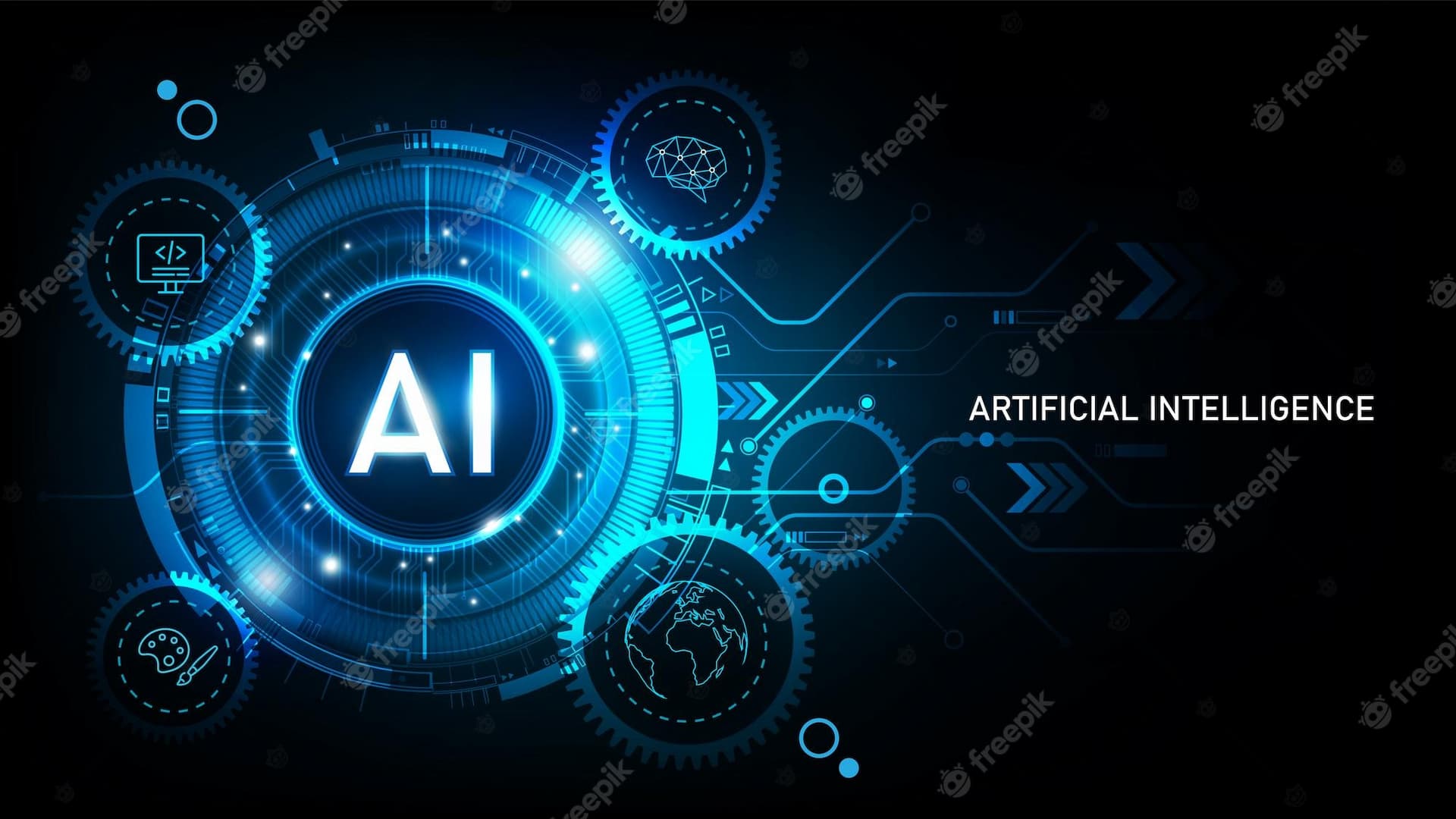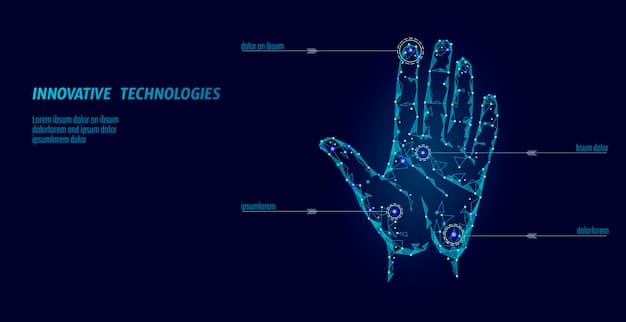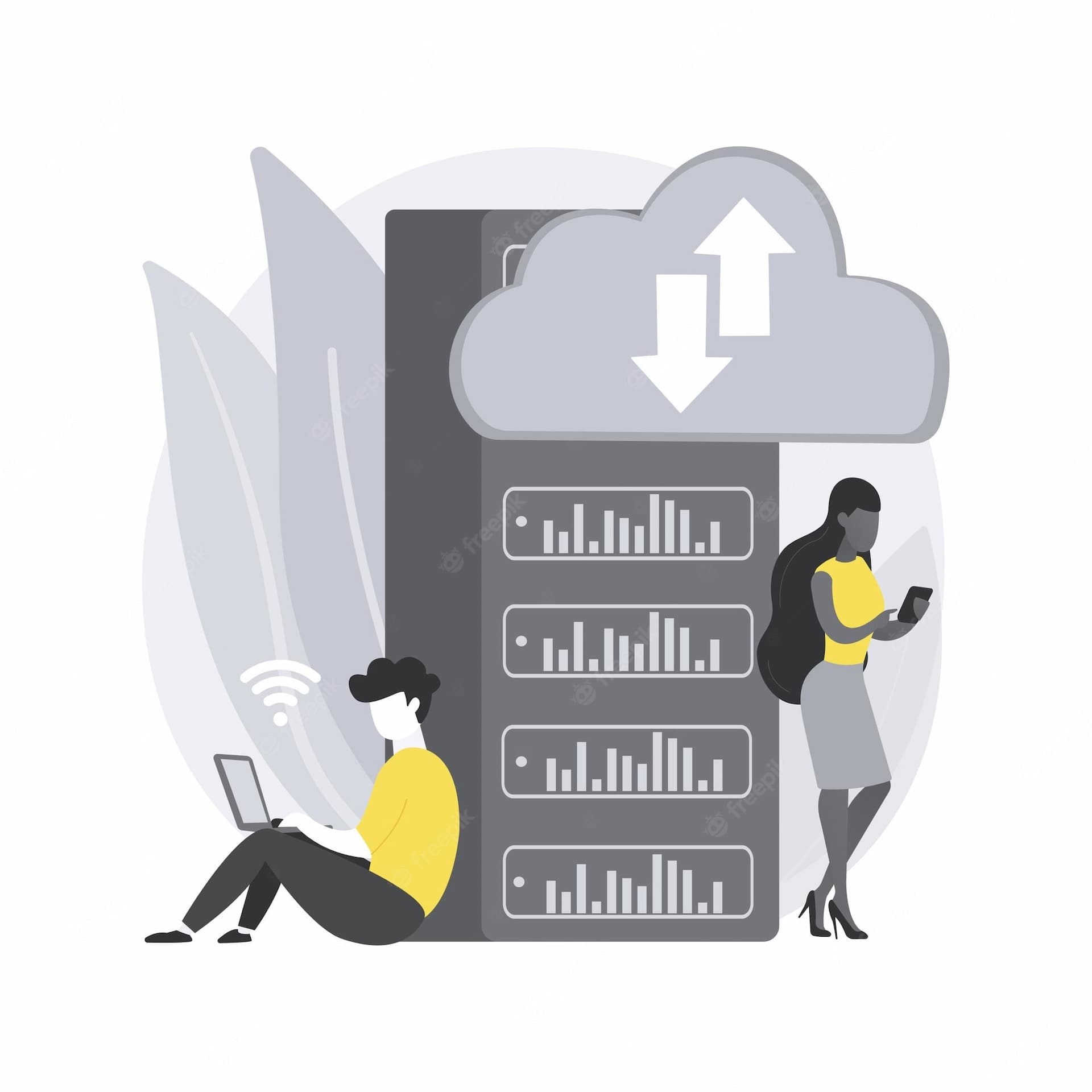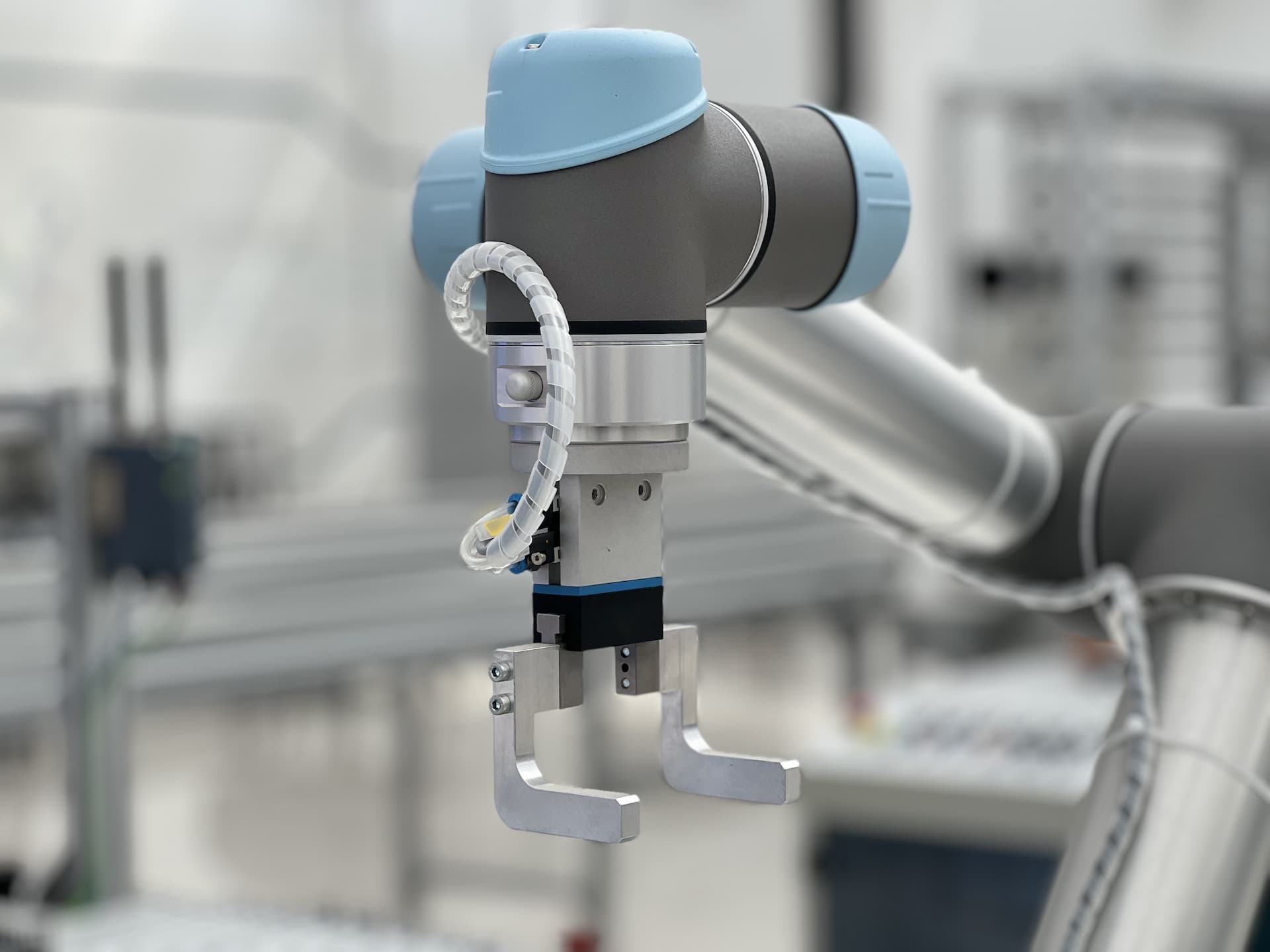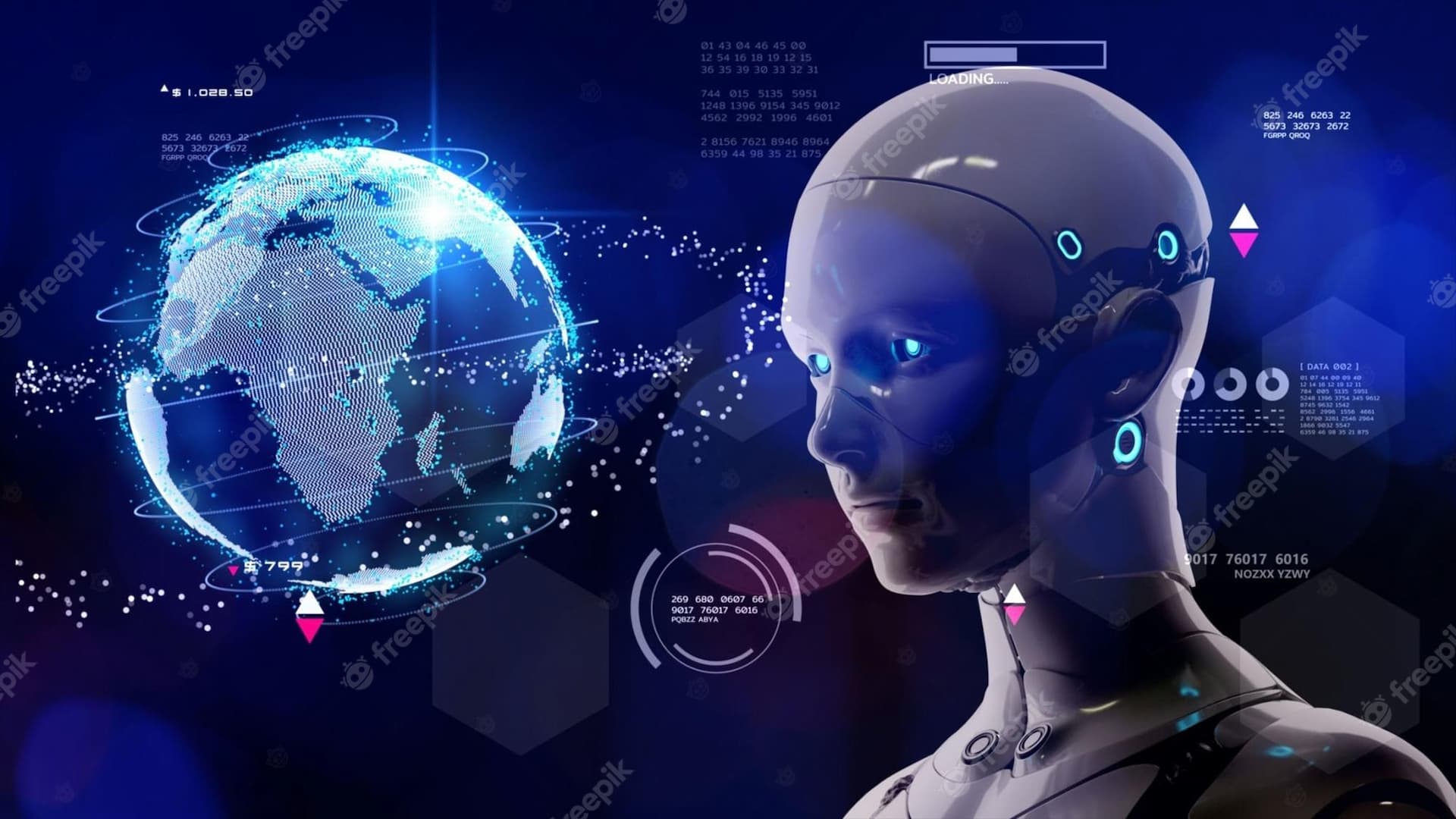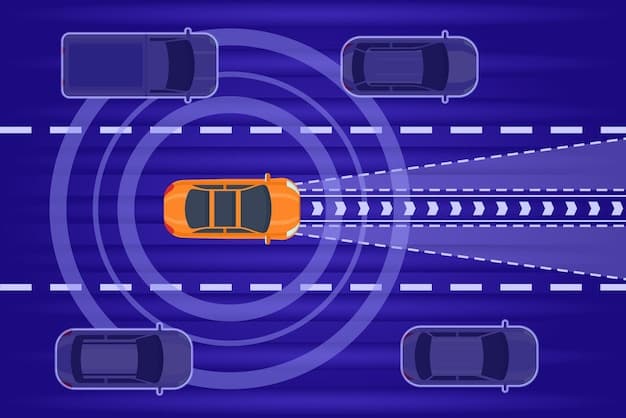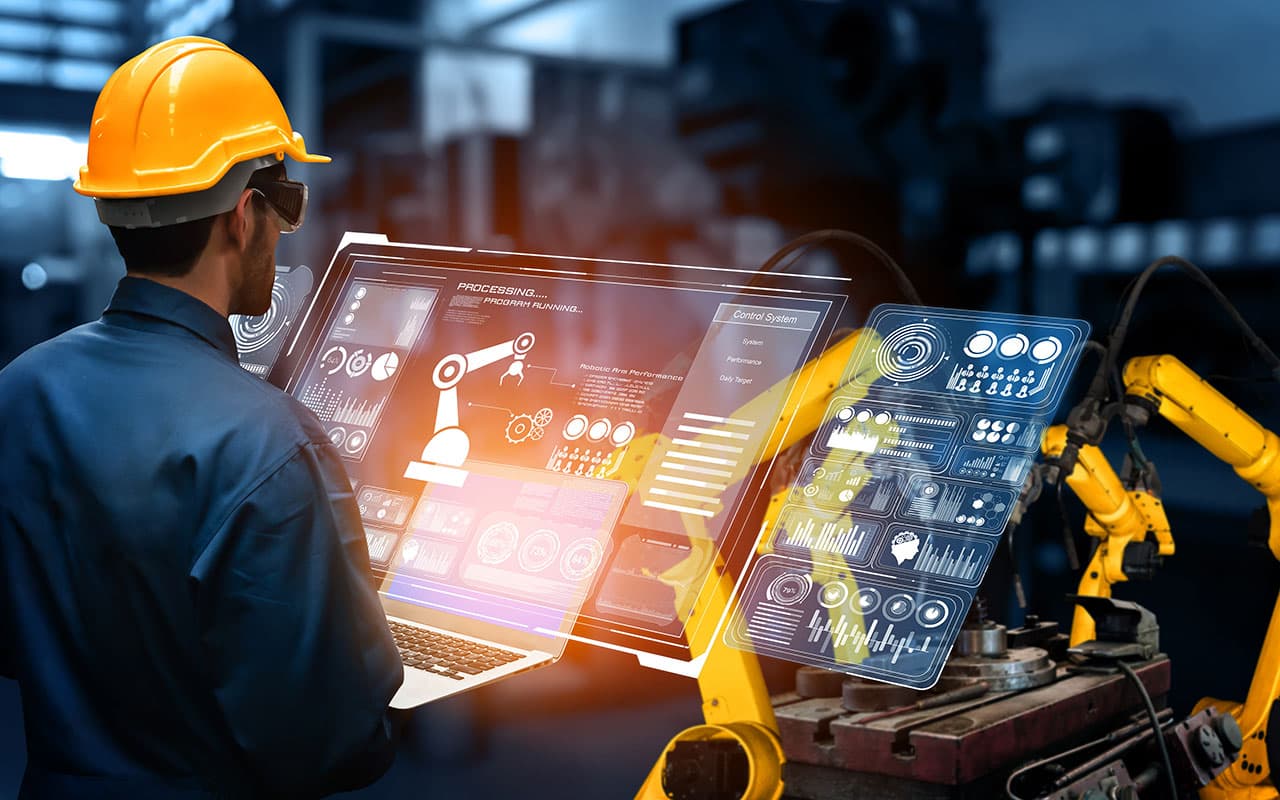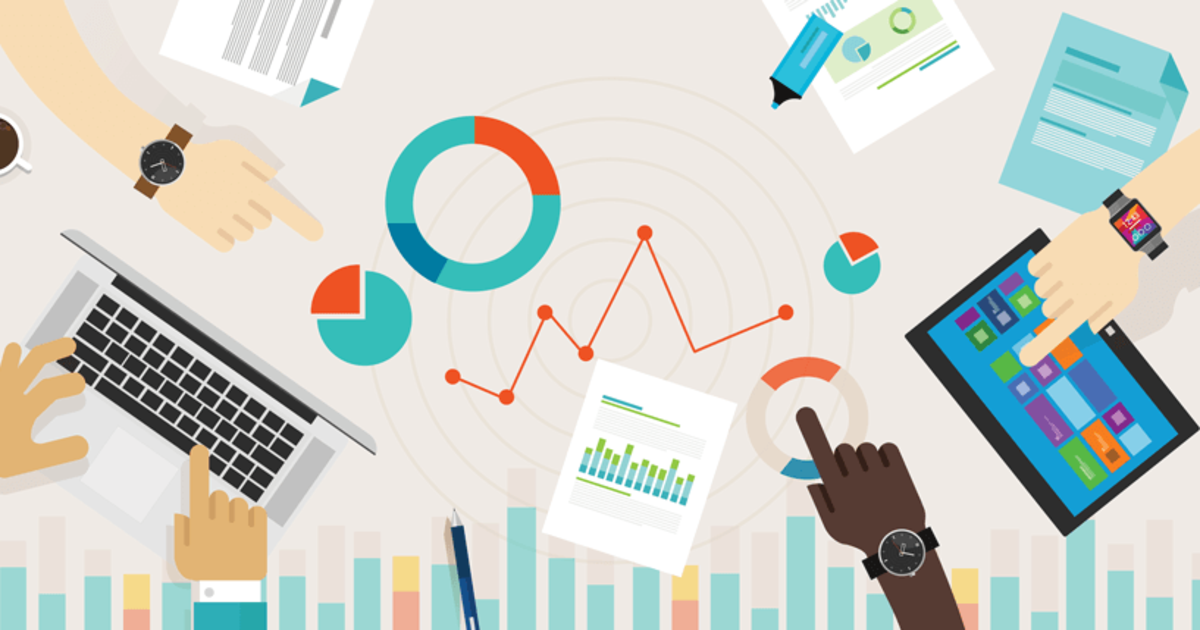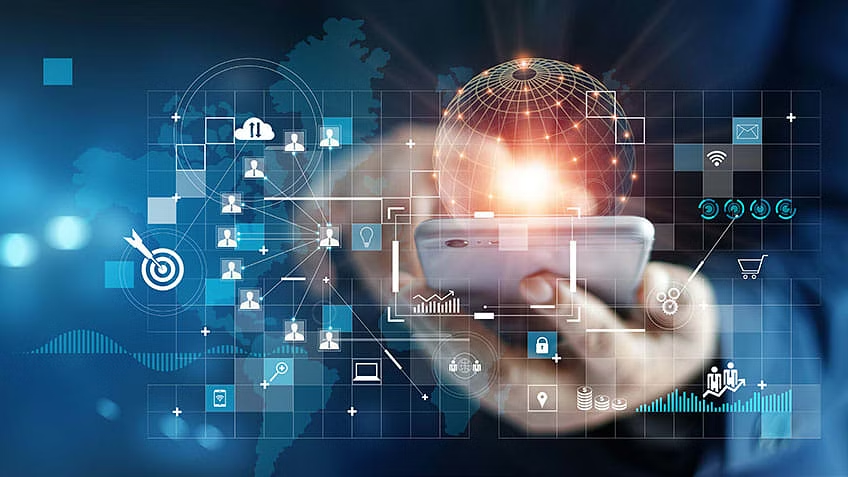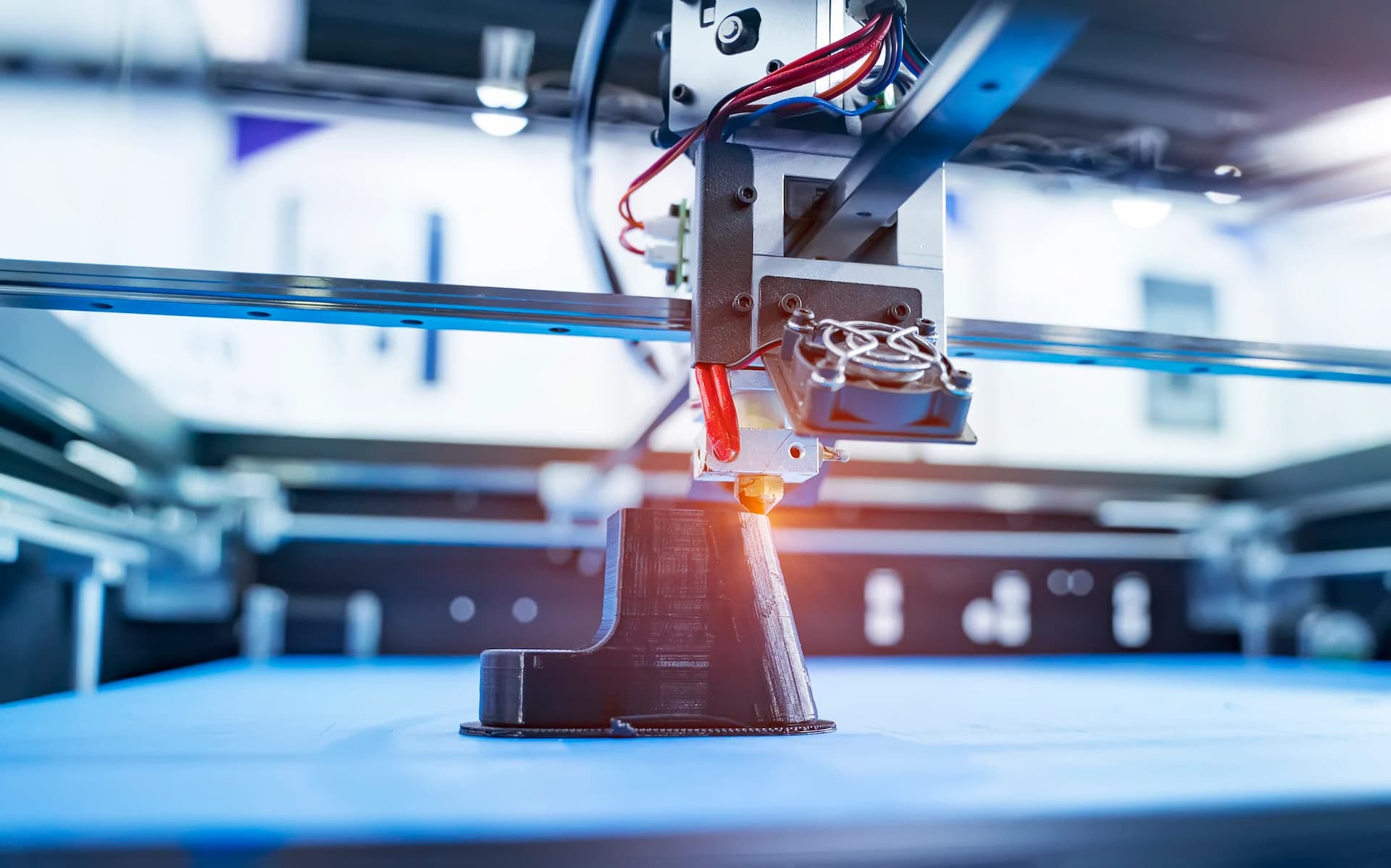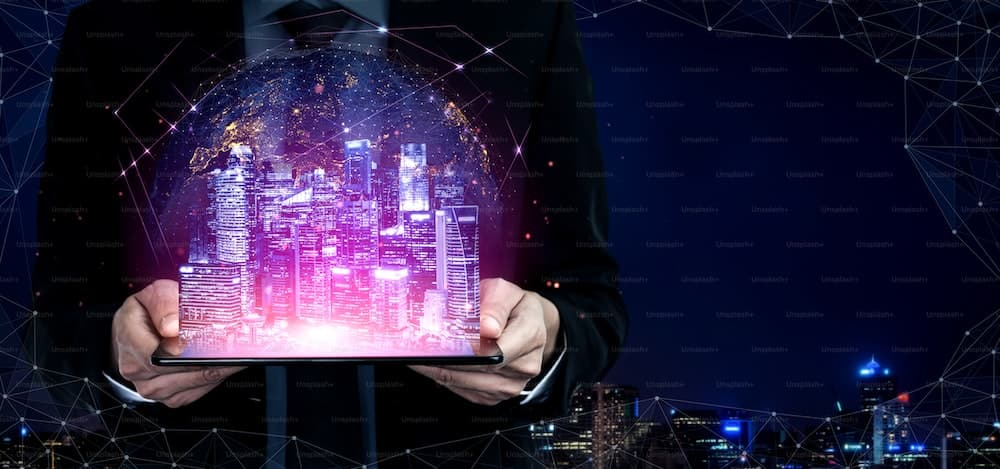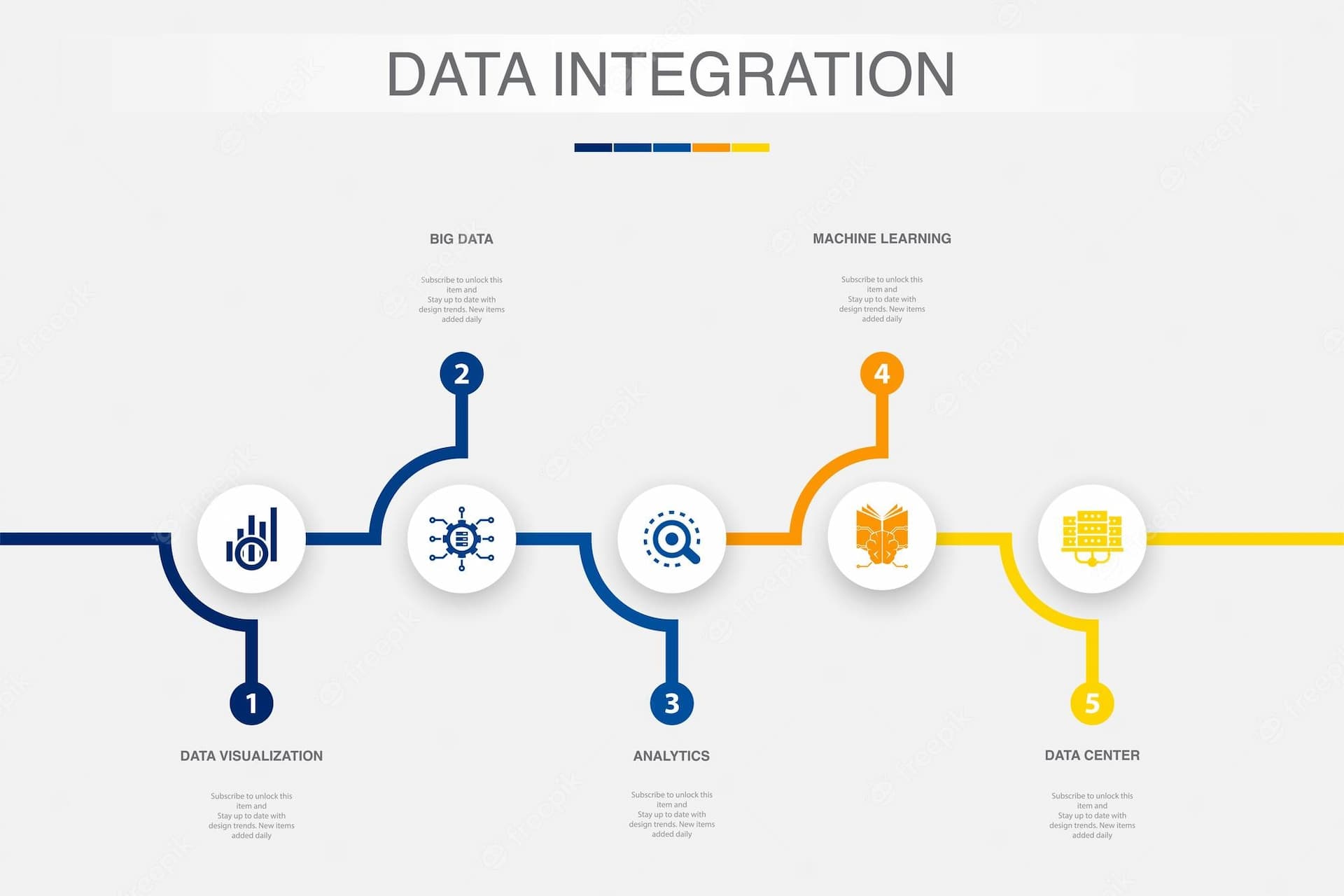
Picture Supply: FreeImages
Edge computing is a quickly evolving expertise that brings knowledge
processing and storage nearer to the supply of knowledge era. With the
growing adoption of IoT gadgets, 5G connectivity, and automation, edge
computing has develop into a essential element in fashionable IT
infrastructure, providing a spread of advantages by way of effectivity,
latency, and safety. This text explores the varied points of edge computing
and its influence on companies and industries.
1. Introduction to Edge Computing
Edge computing is a distributed IT infrastructure that permits knowledge processing and storage at or close to the supply of knowledge era, decreasing the necessity for knowledge to be transmitted to centralized knowledge facilities or cloud-based servers. By bringing processing energy nearer to the supply, edge computing can considerably scale back latency, bandwidth utilization, and communication points, making it an excellent resolution for time-sensitive functions and large-scale knowledge processing.
Edge Infrastructure
The sting infrastructure sometimes consists of edge servers, edge storage, gateways, IoT gadgets, sensors, desktops, laptops, sensible gadgets, and equipment that gather and course of knowledge in real-time. It could additionally embody smaller secondary edge knowledge facilities in close by cities or rural areas, or cloud containers that may be moved throughout cloud environments and techniques. In some instances, infrastructure is deployed in protected enclosures to defend in opposition to excessive temperature and different environmental circumstances.
Edge Gateway
An edge gateway connects the sting to a cloud or enterprise knowledge middle, offering translation between completely different community protocols, and managing the circulation of knowledge to make sure that solely optimized knowledge is shipped to the info middle.
2. Kinds of Edge Computing
There are three particular varieties of edge computing:
Sensor Edge
Edge sensors act as triggers for accumulating knowledge or monitoring and sending occasions. Sensors are optimized for a particular goal, with fundamental edge performance inbuilt. Edge sensors sometimes have little to no processing functionality and may solely talk with the sting community, cloud, or knowledge middle. Examples embody clocks, surveillance cameras, industrial controllers, and time-series databases.
Machine Edge
Edge gadgets stay on the final mile of the community and often have restricted energy, compute, and storage performance. Units depend upon a gateway to gather and course of knowledge from the gadget and are often in proximity to computing sources to assist scale back latency, bandwidth utilization, and communication points. Machine edge is usually utilized in distant places the place an information middle is not a possible possibility (e.g., wind generators, oil rigs, and locations that have excessive climate).
Cell Edge
Cell companies are distributed on networks positioned near the client for optimum service. Cell edge computing (MEC), often known as multi-access edge computing, is a extremely distributed community that sits on the outermost fringe of the community and permits computing, storage, and networking sources to be built-in into base stations on the community in order that functions and companies may be deployed nearer to cellular customers.
With MEC, service suppliers can transfer workloads from the cloud to native servers to offer a greater person expertise and scale back latency and congestion on the community.
3. Advantages of Edge Computing
Edge computing gives a number of advantages to enterprises that depend on time-sensitive functions or want to maneuver giant quantities of knowledge. Among the main advantages of edge computing embody:
Higher Resilience
An edge platform helps quicker, extra constant, and extra dependable companies. As a result of computing energy is native, websites on the sting can proceed to function independently if the central knowledge middle goes down.
Decreased Latency
Actual-time knowledge supply is essential for applied sciences like medical IoT gadgets and self-driving autos, the place the slightest delay may trigger lack of life. Community congestion and outages can delay knowledge supply, decreasing the power of a system to reply in actual time, resulting in delayed analytics and decision-making. With edge computing, essential knowledge may be processed nearer to the gadget for quicker response occasions.
Decrease Bandwidth Utilization
Networks have finite bandwidth limits that decide the quantity of knowledge and gadgets that may talk throughout the community. Growing community bandwidth to accommodate extra gadgets and knowledge comes at considerably larger prices. As an alternative of regularly streaming knowledge and consuming giant quantities of bandwidth, edge computing solely processes and delivers an important knowledge to the info middle.
Higher Safety and Sovereignty
Knowledge safety, privateness, and different authorized issues should be thought of when transferring knowledge throughout worldwide and regional boundaries. Processing knowledge on the edge creates a possibility to implement measures to safe and obscure knowledge earlier than sending it to the cloud or knowledge middle, which can be ruled by completely different knowledge safety legal guidelines.
Decrease Prices
Edge options can typically be carried out at decrease prices than centralized knowledge facilities, whether or not within the cloud or on-premises. Edge computing additionally reduces connectivity prices by transferring smaller quantities of knowledge between the sting and knowledge facilities.
4. Edge Computing Use Instances
Edge computing is seeing elevated use in a number of industries, together with telecommunications, manufacturing, transportation, and utilities. Prime use instances embody:
Manufacturing
Utilizing condition-based monitoring, producers can carry out upkeep companies primarily based on the precise situation of the equipment, whereas predictive upkeep can proactively detect machine failure and carry out upkeep earlier than a possible breakdown.
Precision monitoring and management permit producers to make use of knowledge from a number of techniques, processes, and machines to observe for manufacturing errors and supply real-time insights to enhance manufacturing processes and high quality.
Agriculture
Farmers depend on edge expertise to assist monitor water use, dispense fertilizer in the suitable quantities, look at soil high quality, and monitor the progress of crops in outlying fields. Farmers also can gather and analyze knowledge from a variety of linked gadgets, together with sensors and tractors to watch environmental results and enhance crop-growing practices.
Healthcare
The healthcare business collects an amazing quantity of affected person knowledge from well being screens, sensors, and different medical gadgets. IoT edge computing makes it potential to gather and analyze essential affected person knowledge, in addition to to use automation and machine studying to establish anomalies. This provides healthcare professionals entry to real-time analytics in order that they'll take instant motion in diagnosing and treating well being points.
Transportation
As a result of autonomous autos want to research knowledge in actual time to function safely and successfully, sending knowledge to a distant knowledge middle is not an possibility. Automobiles have to mixture and course of monumental quantities of knowledge from a number of sources to make real-time choices about navigation and talk with different autos, all whereas in movement.
Onboard edge expertise permits autonomous autos to carry out real-time evaluation on location, pace, and different vehicle-related knowledge to find out the most effective routes and keep away from site visitors congestion.
Augmented Actuality (AR)
Augmented actuality functions for retail, training, and leisure contain intense rendering operations that require real-time responses and low latency to perform successfully. AR experiences delivered utilizing centralized computing companies can incur excessive bandwidth prices and be topic to excessive latency, lessening the person expertise.
5G edge computing, the mixture of edge computing and 5G connectivity, can present quicker and extra dependable connectivity for AR functions. Edge computing also can divide workload processing between the AR gadget and the sting community to assist an optimum person expertise.
5. Edge Computing Challenges
Implementing an edge resolution can current a number of challenges. As a result of edge options are designed to deal with a particular goal, they're going to use restricted sources and have restricted functionality.
The scope and goal of your edge resolution should be clearly outlined for it to be efficient. You additionally want to determine the minimal stage of connectivity wanted, decide the info life cycles, and implement an general safety plan.
To assist clear up your edge computing challenges, Pure Storage® presents a number of options, together with:
- FlashBlade ®: Is the world's main unified fast file and object (UFFO) platform. It is ideally suited to analytics, machine studying, synthetic intelligence, and related edge knowledge processes.
- FlashArray ™: Combines the excessive efficiency of all-flash storage with VMware integration to create a hybrid-cloud resolution. It helps a 5G multimode infrastructure that mixes digital machines and containers.
The high-density, low energy consumption and straightforward distant administration of each FlashBlade and FlashArray make them perfect for deployments at edge places.
Portworx ®: Supplies a storage layer for operating cloud-native workloads on the edge. It delivers a whole resolution for containerized workloads, together with backup and catastrophe restoration. Portworx integrates with each FlashBlade and FlashArray for top efficiency and reliability.
6. Business Tendencies and the Influence of IoT, 5G, and AI
The growing deployment of 5G, acceptance of IoT, and automation are driving the expansion of the sting computing market. The tip-use industries are transferring in direction of digitization, leading to monumental knowledge era, growing the necessity for edge computing. With IoT, autonomous autos, and sensible cities growing considerably, edge-enhanced functions are important. Nonetheless, the business members are but to conclude the influence of edge computing on companies.
The global edge computing industry stood at USD 4.7 Billion in 2020 and is anticipated to succeed in USD 42.8 Billion by 2027 with a rising CAGR of 36.7% in the course of the forecast interval. Edge computing is transitioning because the business confronts alternatives and challenges as a result of COVID-119 pandemic. The important thing business leaders are more and more deploying knowledge facilities in response to an enormous shift to work-from-home that created new avenues for decentralized computing.
The sting computing market is concentrated in North America (primarily the U.S.) and Europe, and the development would prevail for a couple of years. Europe is anticipated to carry a market share of 29.5% by 2027. The first motive for the expansion in Europe is its want for computing sources on the knowledge supply origin. Edge computing is more and more used for quick, dependable, safe, and scalable services.
7. Evaluating Edge, Cloud, and Fog Computing
Edge computing, cloud computing, and fog computing are carefully related ideas. These ideas could overlap one another however usually are not the identical and shouldn't be used interchangeably. Edge and fog computing, nonetheless, are extensively used interchangeably, even with the previous being targeted on issues and the latter being targeted on infrastructure. These three applied sciences are completely different layers of IIoT.
Edge Computing
Edge computing processes knowledge immediately on the gadget linked to sensors or a gateway gadget within the proximity of the sensor. It has decrease processing energy because the processing is carried out on edge gadgets and is appropriate for fast evaluation required for real-time response. Edge computing doesn't require fixed web entry, and it's safer in comparison with cloud computing.
Cloud Computing
Cloud computing processes knowledge on a central cloud server, often situated removed from the data supply. It has superior and superior processing technological capabilities and is appropriate for long-term, in-depth evaluation of knowledge. Cloud computing requires fixed web entry and is much less safe in comparison with edge and fog computing.
Fog Computing
Fog computing shifts edge computing duties to processors which are immediately linked to LAN or LAN {hardware}. It has restricted processing energy because the processing is carried out on edge gadgets and is appropriate for fast evaluation required for real-time response. Fog computing doesn't require fixed web entry and is safer in comparison with cloud computing.
8. Investments and Future Prospects of Edge Computing
Surplus investments are made by service, expertise, and infrastructure suppliers, knowledge facilities, and Actual Property and Funding Trusts (REITs) to innovate and construct the sting computing business. Practically three-quarters of the organizations would put money into Synthetic Intelligence (AI) in three years to create new fashions on the edge together with automation, edge gadget interconnectivity, and clever workflows and generate a optimistic ROI.
A couple of latest investments made by the business members embody AT&T's technique to construct edge computing networks with Google throughout 15 main cities within the U.S., IBM and Colt Expertise Companies' partnership to increase their edge computing setup, and Google Cloud's partnership with 200 software builders to develop their edge computing companies.
9. Business 4.0 and Edge Computing
Business 4.0, or the fourth industrial revolution, is characterised by the growing integration of sensible sensors, electronics, RFIDs, and software program inside industrial equipment to gather and monitor real-time efficiency. Edge computing performs a essential position in enabling Business 4.0 by connecting machines for the corporate's manufacturing processes to answer altering manufacturing facility flooring circumstances swiftly and intelligently.
Connecting property will increase agility and automation but additionally raises safety issues. A well-connected group has a lot of assault surfaces and is extra susceptible to cyber-attacks. These organizations require edge computing to reduce the chance whereas implementing their Business 4.0 technique. Edge computing gives many advantages corresponding to manageable knowledge analytics, ultra-low latency, decreased storage prices, and improved interoperability.
10. The Way forward for Edge Computing
Edge computing is anticipated to play a major position in shaping the way forward for varied industries. The deployment of 5G, developments in IoT, and the event of linked autos and sensible bots will generate monumental knowledge, creating large development alternatives throughout a number of industries. It's predicted that over 50% of enterprise knowledge can be processed on edge by 2027, versus 10% of knowledge processed as of 2020.
As edge computing continues to evolve, the event of compact gadgets, micro-modular knowledge facilities (MMDs), and software program that permits firms to remotely entry and monitor edge gadgets will develop into more and more vital. By combining edge computing with rising applied sciences corresponding to 5G, IoT, and AI, companies and industries can be higher outfitted to deal with the challenges and alternatives that lie forward.


